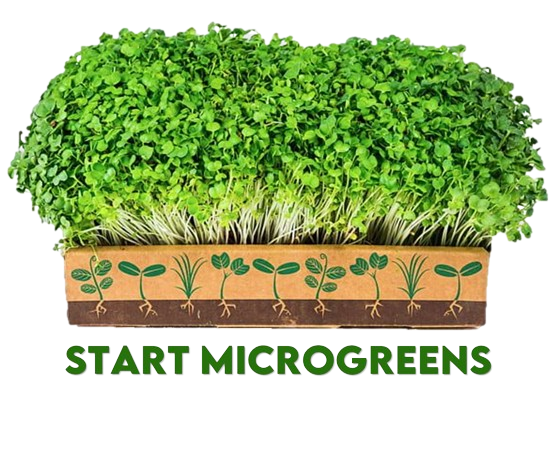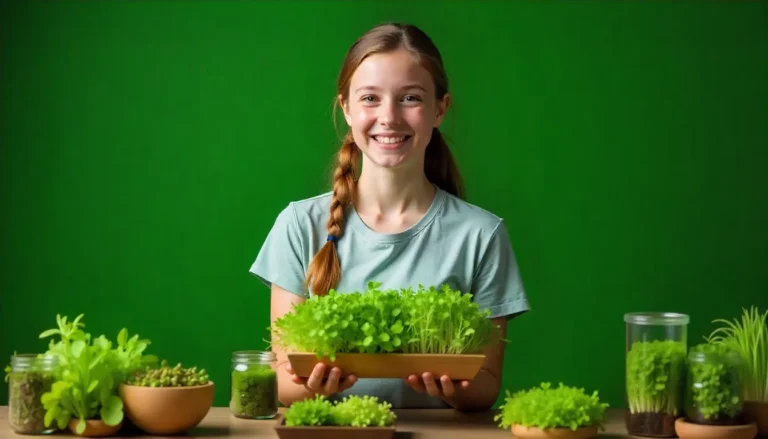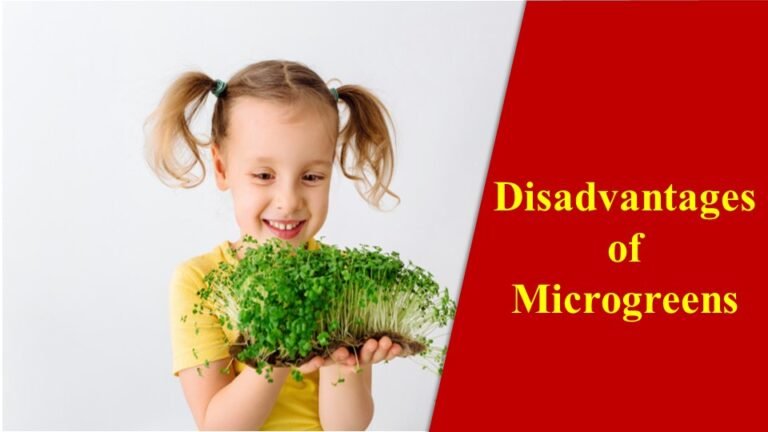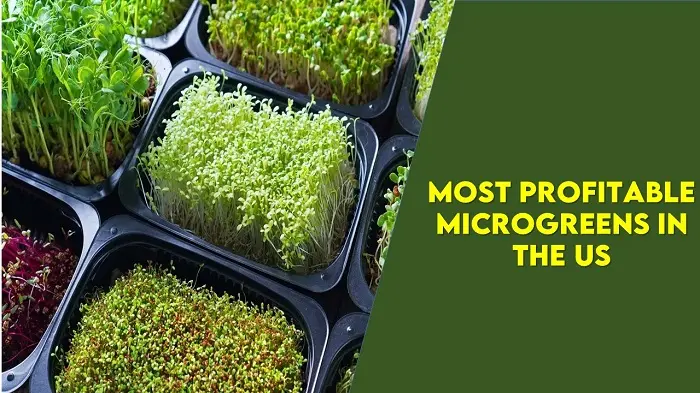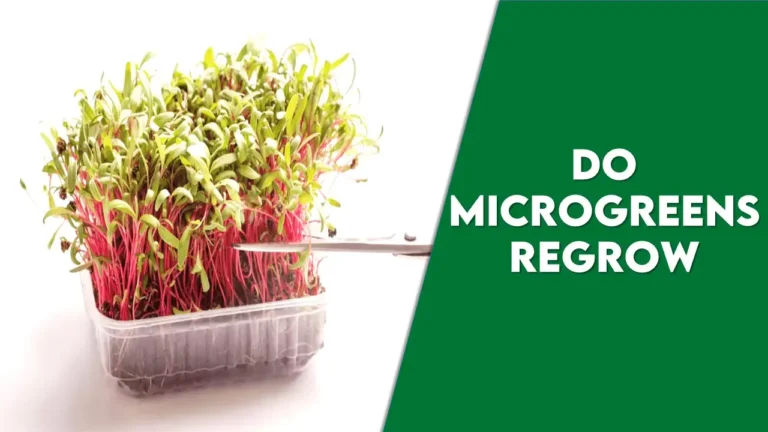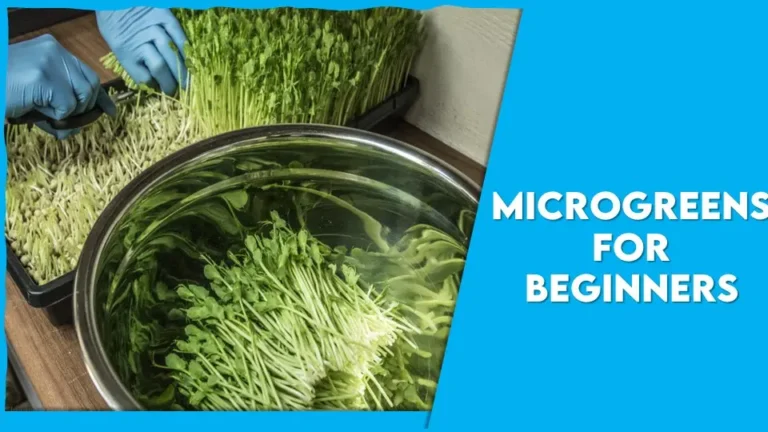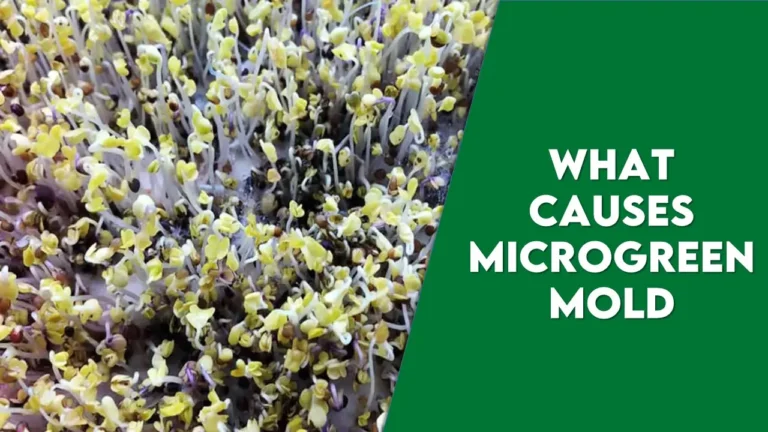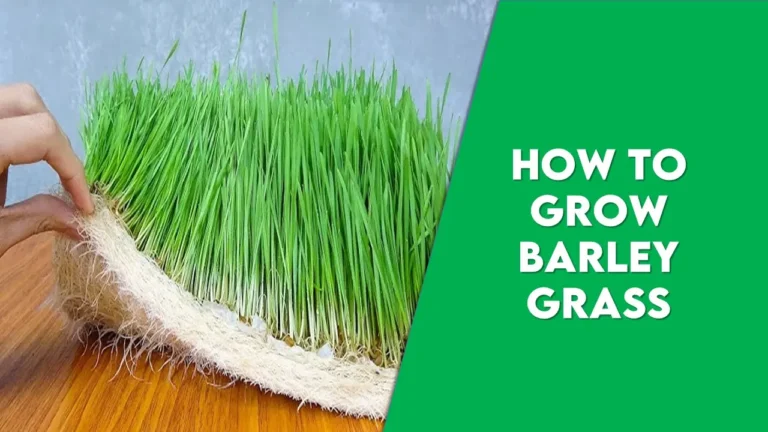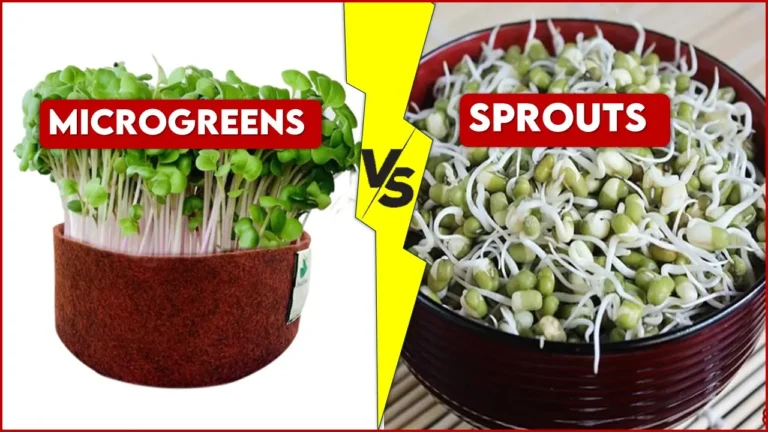You might have wondered about microgreen varieties. There are various types of microgreens available in the market. In this article, I have explained the most popular microgreens to grow at home.
1- Pea Shoots Microgreen
Pea shoots is the Most Popular Microgreens to Grow and it use as a gourmet salad item or garnish longer than most other microgreens, however their popularity continues to grow and other shoots such as sunflowers are now also making an appearance. Pea shoots have a tender flavor similar to young snow pea pods and a long, white, succulent yet crunchy stem which adds both texture and flavor to many dishes. In the past the snow pea has been grown for shoot production, however there are new varieties have been developed for the production of pea tendrils. Pea tendrils are the part that the plant uses to attach onto supports; they are long, thin, feathery and decorative which makes them popular as a garnish. Varieties of peas which produce less leaf and more attractive tendrils have been bred and yield a higher weight of harvested product and will even regrow if not cut too low at harvest. Corn shoots are another microgreen harvested at the 2 – 3 inch stage these taste like mild fresh sweet corn.
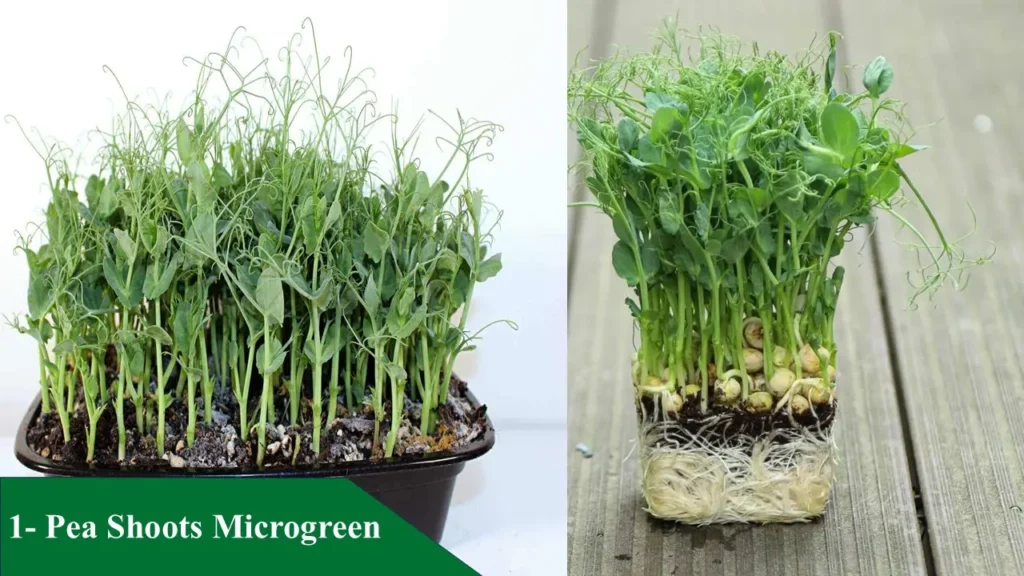
Spicy Greens Microgreen
Some greens are grown for their attractive appearance, texture or color, while others are highly sort after for their flavor and aroma. Many of the microherbs are grown specifically for their distinctive flavor which is often more subtle and delicate than the mature plant. Other spicy or pungent greens may be used in combination with the lesser flavored types in salad mixes or used on their own as an important constituent of a dish.
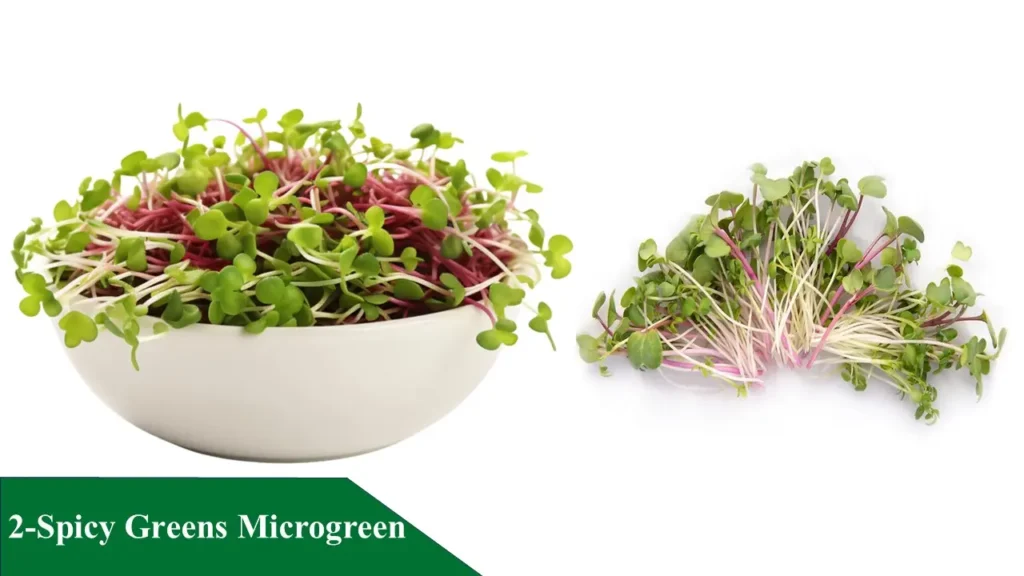
3-Arugula Microgreen
Arugula is one of the most popular microgreens due to its distinctive tangy, nutty almost astringent flavor which is well developed in even tiny seedlings.
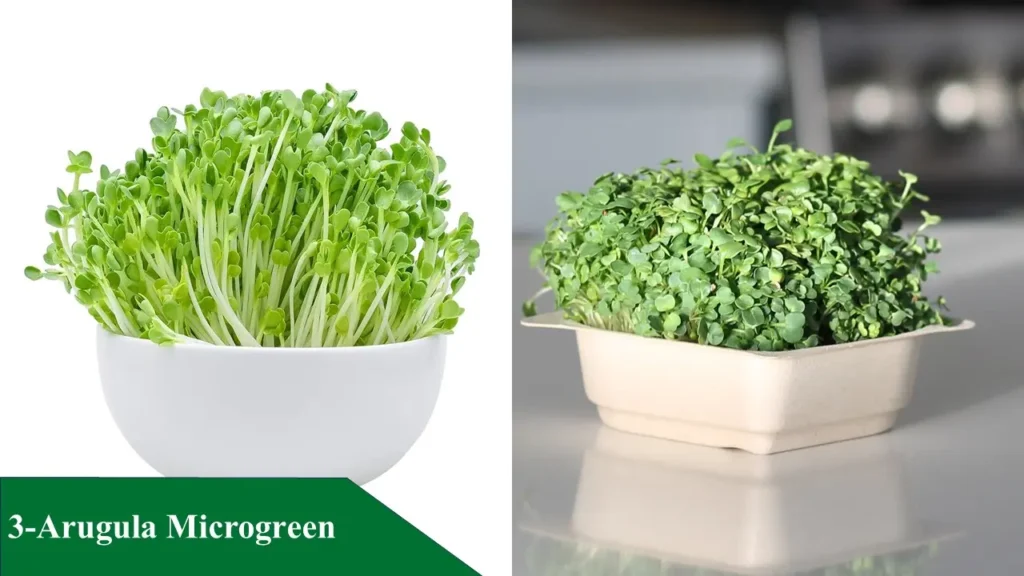
4- Basil Microgreen
Basil is Popular Microgreens Grow at widescale, both green varieties of basil such as Genovese and red types such as Dark Opal are another widely grown microherb. Some lesser known types of basil such as lemon, Thai and cinnamon basil are also grown as microgreens for specialized markets. Basil microgreens are also highly attractive and have a subtle flavor and aroma which is not overpowering in salad mixes. Basil germinates and grows rapidly in microgreen systems; however it has a higher heat requirement than many of the traditional greens and heating is usually required for winter production.
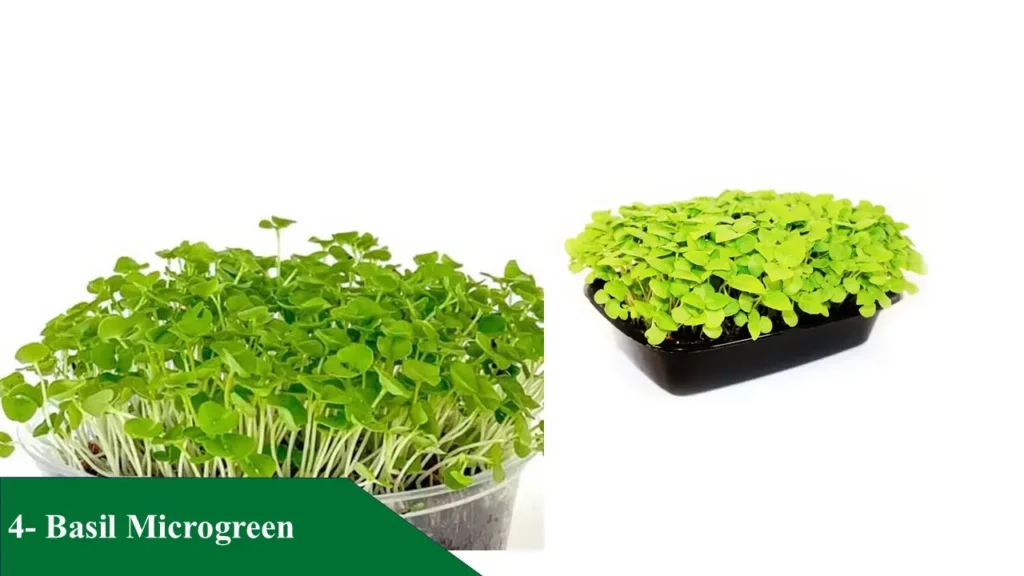
5- Radish Microgreen
Radish microgreens have a surprising flavor and some varieties are as hot and pungent as a fully mature radish root. There is a lot of diversity amongst the radish varieties used for microgreen production: colors include green pinkish red and vivid purple and this is one of the easiest greens to grow. Radish is used as a color spiker or garnish and the darker colored types are high in vitamins, minerals and antioxidants.
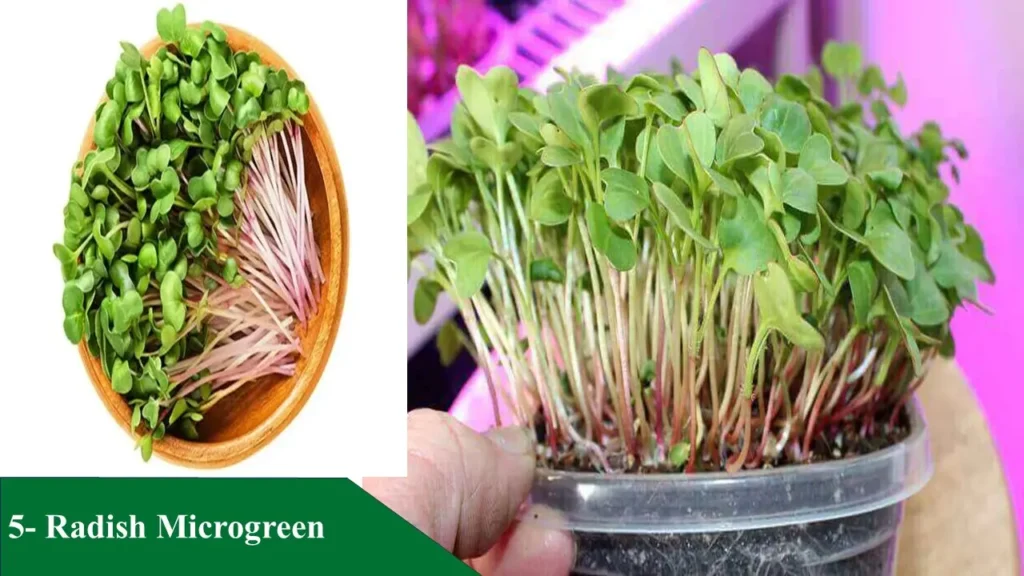
6- Carrot Microgreen
Carrot microgreens are light and feathery with a mild carrot flavor and aroma. Carrot seed is much slower to germinate than most other microgreens with a much longer production time and the harvested product is lightweight.
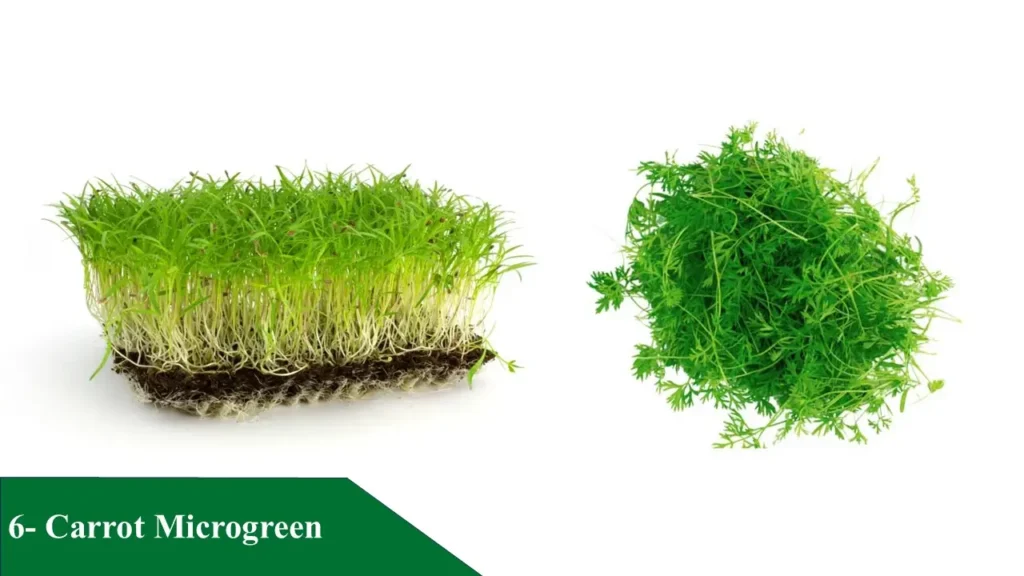
7- Celery Microgreen
Celery microgreens have very become popular and are used almost like a herb for adding mild flavor in dishes, salad mixes and as a garnish. It’s flavor can be moderately strong in even young seedlings.
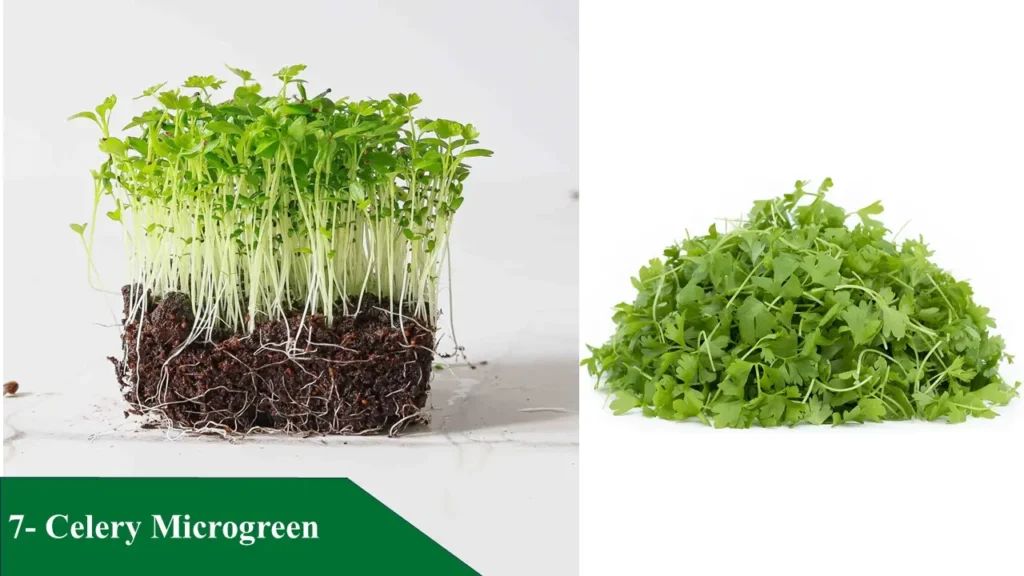
8-Chives Microgreen
Baby chive leaves are highly decorative and often used to replace mature chopped chive leaves. Chives are slower to germinate than many other microgreens and production times are longer. They can be sown at a very high density and the clumps harvested by cutting at the base when they reach the required height.
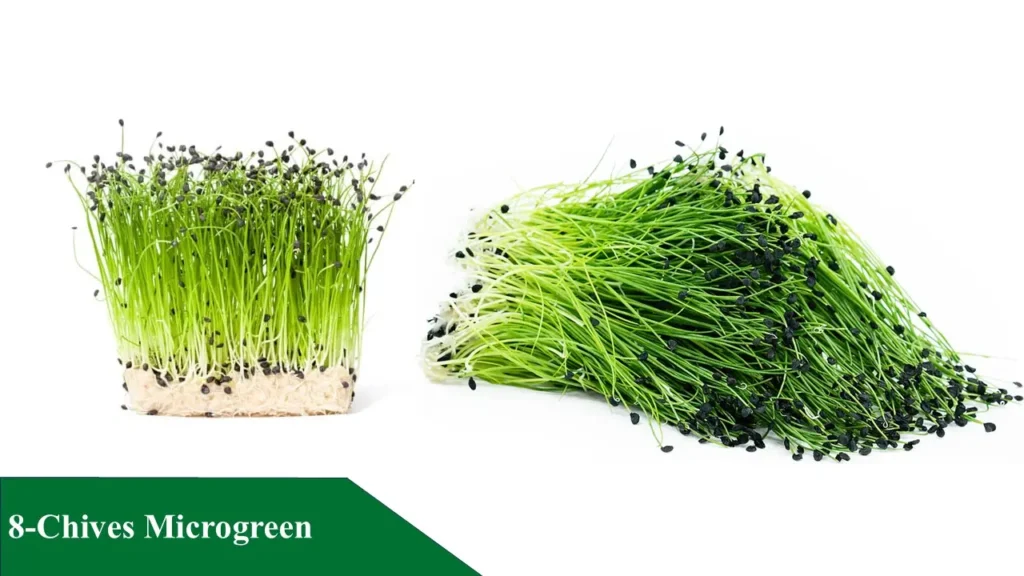
9-Broccoli Microgreen
Broccoli microgreens are rich in the compound sulforaphane, considered to have many health benefits due to its anti-cancer and anti-bacterial agents.
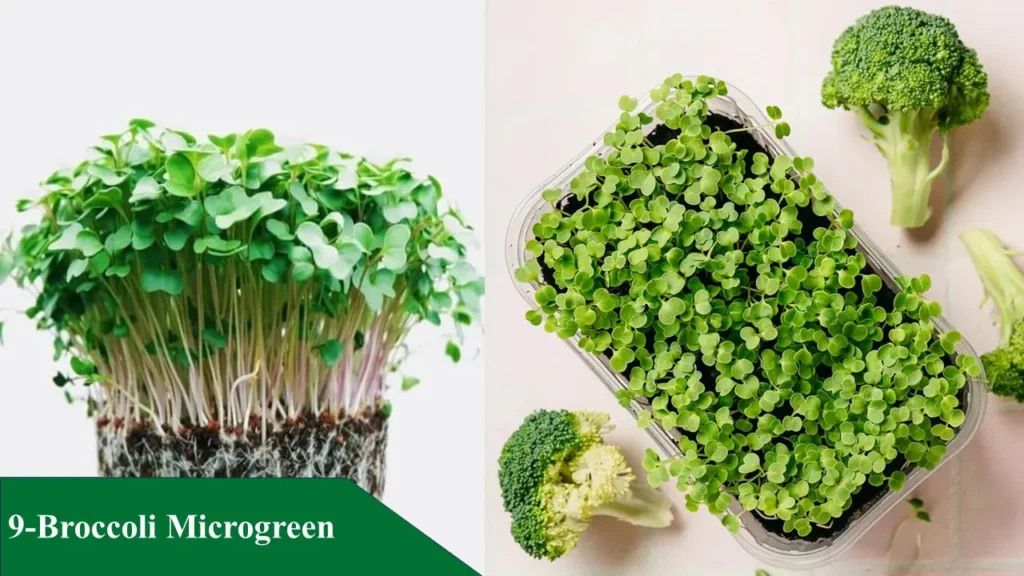
10-Cabbage Microgreen
Red cabbage is used for its mild cabbage flavor and attractive color. Cabbage seed germinates rapidly in microgreen systems and is relatively easy to produce. There can be problems with caterpillars in greenhouses at certain times of the year and screens are required to prevent entry of egg laying butterflies.
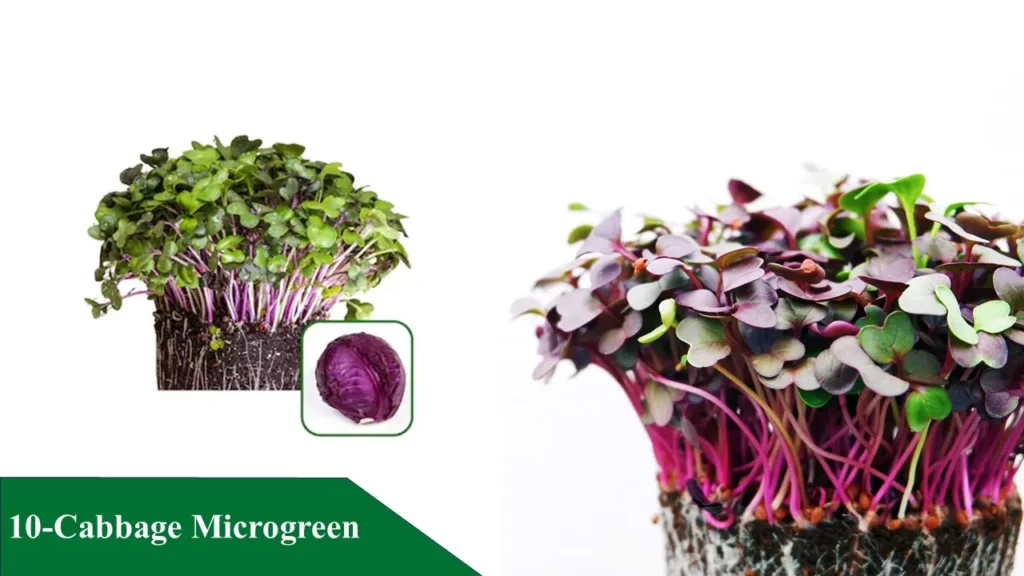
11-Mustard Microgreen
Mustard and cress are perhaps the oldest types of microgreens grown. Both have been produced as seedlings for use in sandwiches and salads for many years. Mustard and cress have a sharp, peppery flavor and are easy to grow as a microgreen crop.
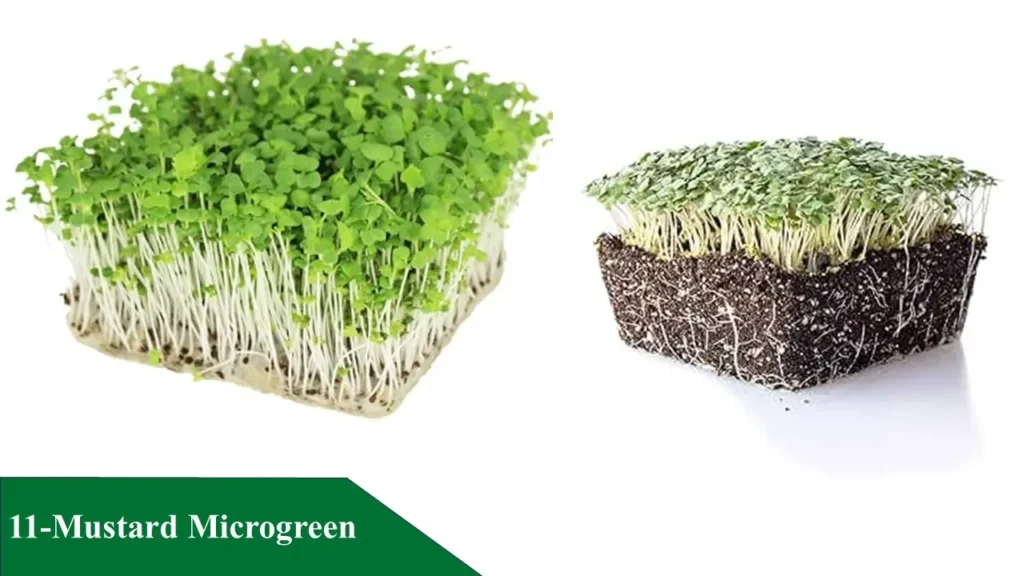
12-Parsley Microgreen
Flat leaved parsley is one of the most popular microherbs and can be grown at a high density and harvested at the one or two true leaf stage depending on customer requirements. Its flavor is mild but distinctive and it contains none of the fibrous stems that older mature parsley can develop.
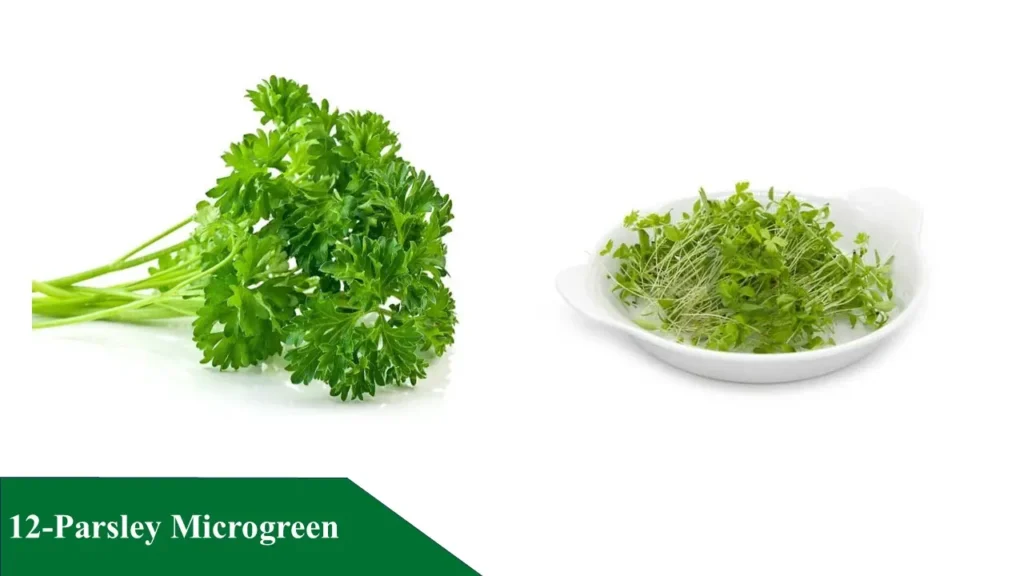
13-Fennel Microgreen
With a mild aniseed flavor and attractive green feathery leaf, fennel microgreens have become popular with chefs. Fennel seed germinates readily, although this crop can be prone to aphid attack in spring.
14-Cilantro Microgreen
Cilantro microgreens are one of the most popular miniherbs and can develop a reasonably strong flavor under warm growing conditions. Cilantro is a warm season crop and needs at least 22 to 26 degrees C for germination — conditions similar to what’s required by basil minigreens, making them ideal to be cropped together where heating is required.
15-French Sorrel Microgreen
Sorrell has a very distinctive, sharp, acidic and slightly-bitter flavor and can be used as a salad spiker. Often mature sorrel becomes too intense or acidic, however the microgreen version is milder and less bitter, although can be slow growing and prefers cooler growing conditions.
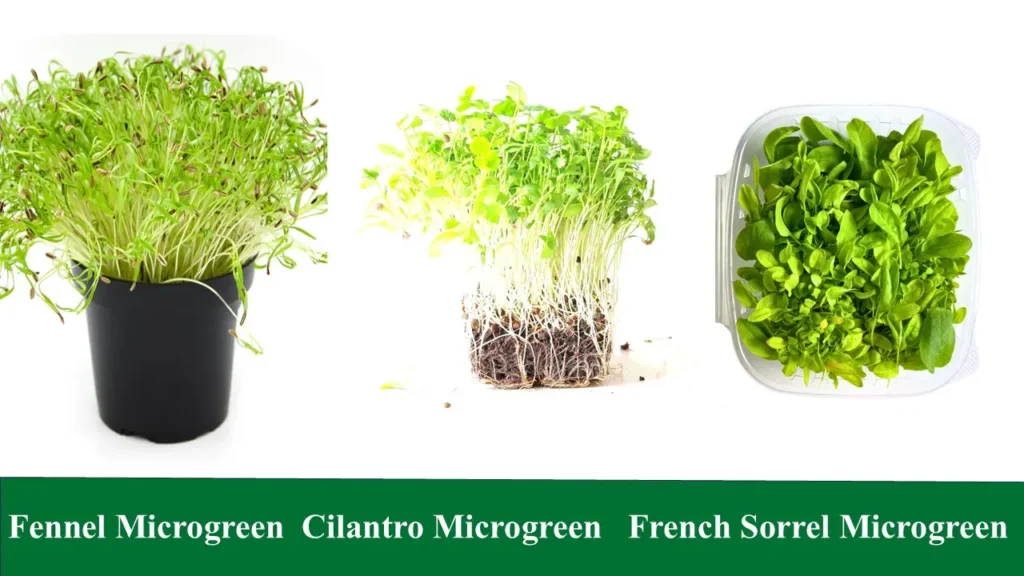
16-Mint Microgreen
Mint is a lesser grown miniherb, possibly because mint seed is tiny and slow to develop into a small plant. The flavor is mild, yet distinctive and the micro plants are highly attractive. Mint prefers cool growing conditions and performs well in NFT and other hydroponic systems where plenty of moisture is provided. Mint microgreens need to be grown under shade in summer with the nutrient solution temperature monitored and chilled to prevent it from becoming too warm for good mint germination and production.
17-Dill Microgreen
Dill microgreens have become popular in fish dishes, often replacing mature chopped dill. The flavor is very mild, but the foliage is similar to fennel in appearance — feathery and attractive, although very lightweight.
18-Shisho Microgreen
Red/purple and green shisho (perilla) — sometimes referred to as the Sushi herb used in Japanese cuisine — has become more popular as a salad green. Perilla is an attractive and well-flavored microgreen with leaves resembling an ornamental coleus. It’s a challenging microgreen to grow because the seed needs to be relatively fresh to germinate well and also benefits from stratification at 5 degrees C under moist conditions before sowing. Perilla seed also needs light to germinate and should be lightly sown into the top of the growing media or mats.
